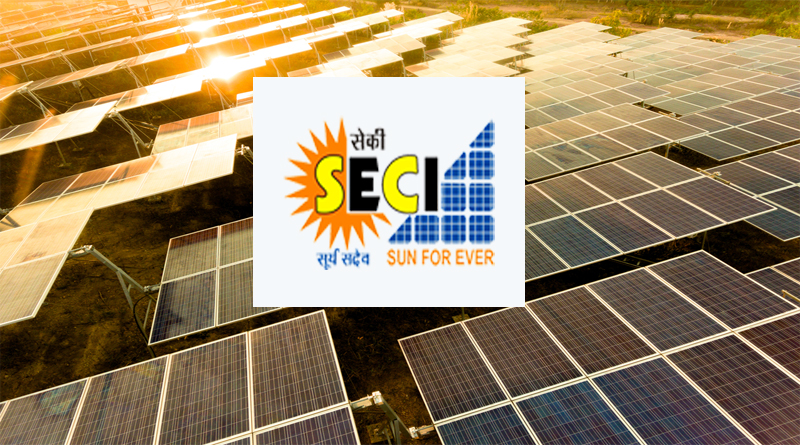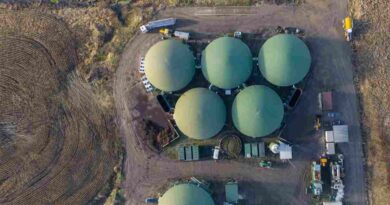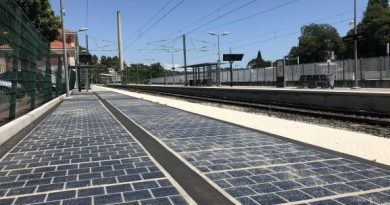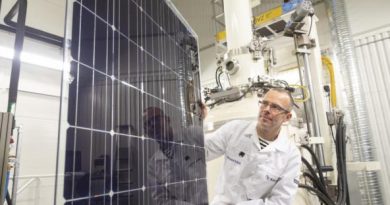SECI Slashes 5GW Tender Size to 3 GW Amidst Pressure to prevent concentration

Solar Energy Corporation of India (SECI) slashed its solar manufacturing tender size from 5 GW to 3 GW and curtailed the minimum bid capacity from 1 GW to 600 MW. The size of Power Purchase Agreement (PPA), however, remains unchanged at 10 GW.
Industry watchers say the move is in line with RK Singh’s announcement in June that all future renewable energy project bids would have to cover at least a 50% of a project’s components with domestic manufacturing.
Linked to a 10 GW Power Purchasing Agreement, SECI floated a 5 GW solar component manufacturing tender which was the first solar tender where developers were required to locally produce equipment, to win projects.
The minimum manufacturing tender capacity now stands at 600MW from the previous 1 GW and developers would be provided assured PPAs of 2,000 MW for a manufacturing capacity of 600 MW, therefore the total power projects awarded will remain at 10 GW.
The reduced the maximum tariff payable to developers from Rs. 2.93 now stands at Rs. 2.75 (excluding safeguard tariffs).
Other amendments include:
- Revision of the time allowed to set up manufacturing capacity to 2 years, from the earlier 3-year period.
- For silicon-based facilities, while the module manufacturing unit has to be set up India, polysilicon can be imported. For non-silicon-based technologies, the primary functional raw material may be imported.
- Regarding the PPA, it must be executed within a maximum time frame of 90 days from the date of bid allocation, and a minimum 40% of the cumulative allocated capacity must be commissioned within 21 months from the date of PPA signing.
- The remaining 60% of the capacity, meanwhile, has to be commissioned within 36 months from the date of the bid allocation letter (LoA).
- The efficiency of modules manufactured is kept at 19 percent, in addition, 30 percent of the installed manufacturing facility should produce modules with efficiency of 20 percent or more.
- In case of thin film modules, the manufacturing facility should produce modules with average efficiency of 18 percent or more.
The size of manufacturing is scaled down as the government believes that private players were not keen on this tender. The industry, however, is not convinced with the government trying to control the tariff and is reluctant to enter the solar manufacturing business.
These moves, coming at a time when the government minister has spoken about plans for tenders as large as 100 GW to 25 GW in Ladakh, make it clear that the road to the next level of growth will not be easy, and on the positive side, could prove to be a decisive move to push domestic manufacturing, for firms willing to take the risk. In another era of course, these would be fertile grounds to set up another PSU to do the manufacturing, but with the government thankfully not considering that option, it will be very interesting to see how it coaxes domestic manufacturers to invest in expansion and upgradation.




